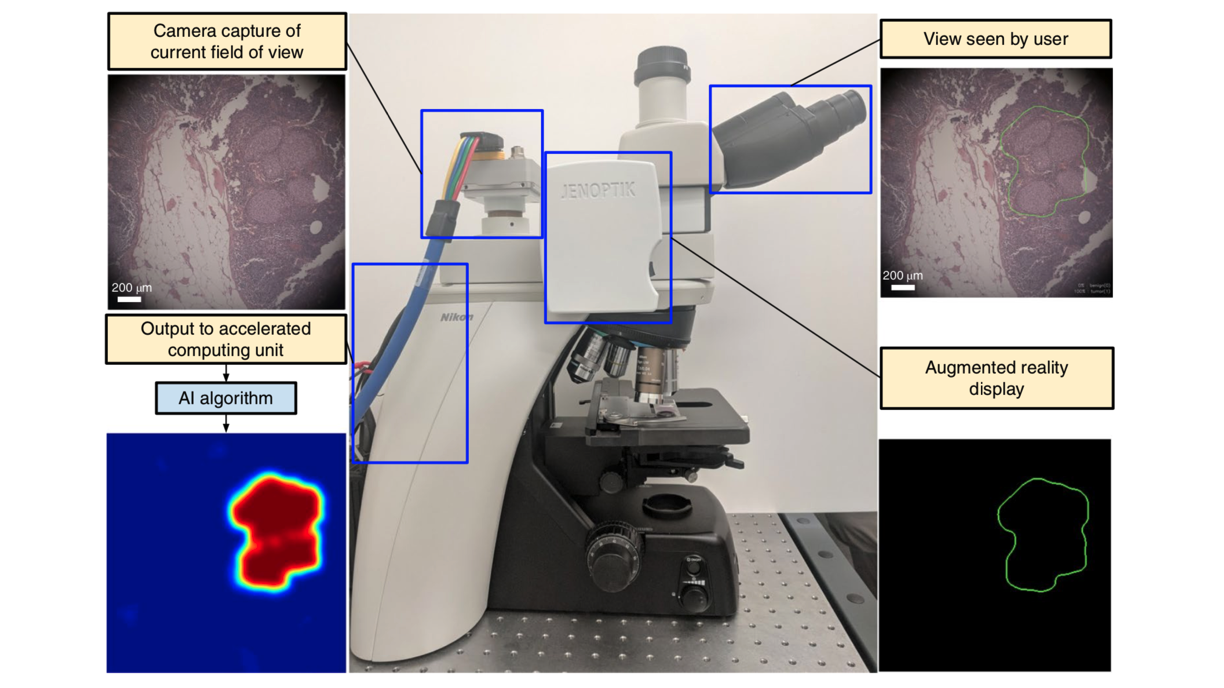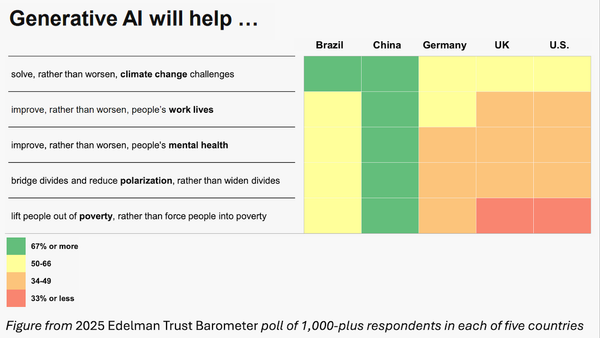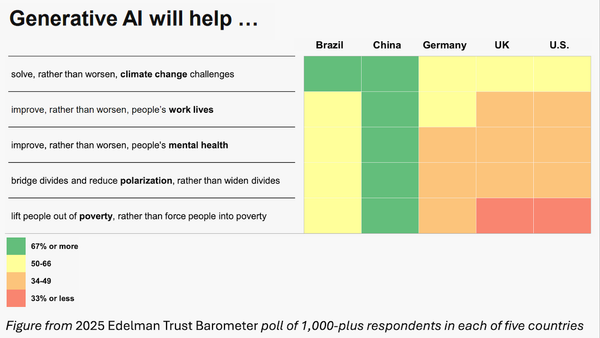Seeing Cancer
Microscopes outfitted with AI-driven augmented reality could improve the accuracy of cancer diagnoses. Google Health developed an attachment for analog microscopes that outlines signs of breast and prostate cancer in real time.

Microscopes outfitted with AI-driven augmented reality could improve the accuracy of cancer diagnoses.
What’s happened: Google Health developed an attachment for analog microscopes that outlines signs of breast and prostate cancer in real time.
How it works: A computer-vision system spots cancer in a cell slide, while augmented-reality tech superimposes the AI’s prediction over the slide at around 27 frames per second.
- The developers combined the Inception V3 image classifier with a fully convolutional neural network, which allowed the system to recognize tumorous patterns much faster.
- A camera captures a head-on view of the slide and projects it, overlaid with the AI prediction, into the microscope eyepiece.
Behind the news: Pathologists use microscopes to measure tumor size relative to nearby lymph nodes and to count the number of cells nearing or undergoing mitosis. That information tells them how aggressively a patient’s cancer is spreading.
Why it matters: Interpreting cell slides is subjective, and one pathologist’s understanding can differ greatly from another’s. Patients in locations where trained pathologists are scarce tend to suffer most from this inconsistency. AI-enhanced tools could help make diagnoses more reliable.
We’re thinking: AI is a natural complement to digital microscopes, but analog microscopes are far more common. This technology promises to upgrade those tools at a fraction of the cost of replacing them.




